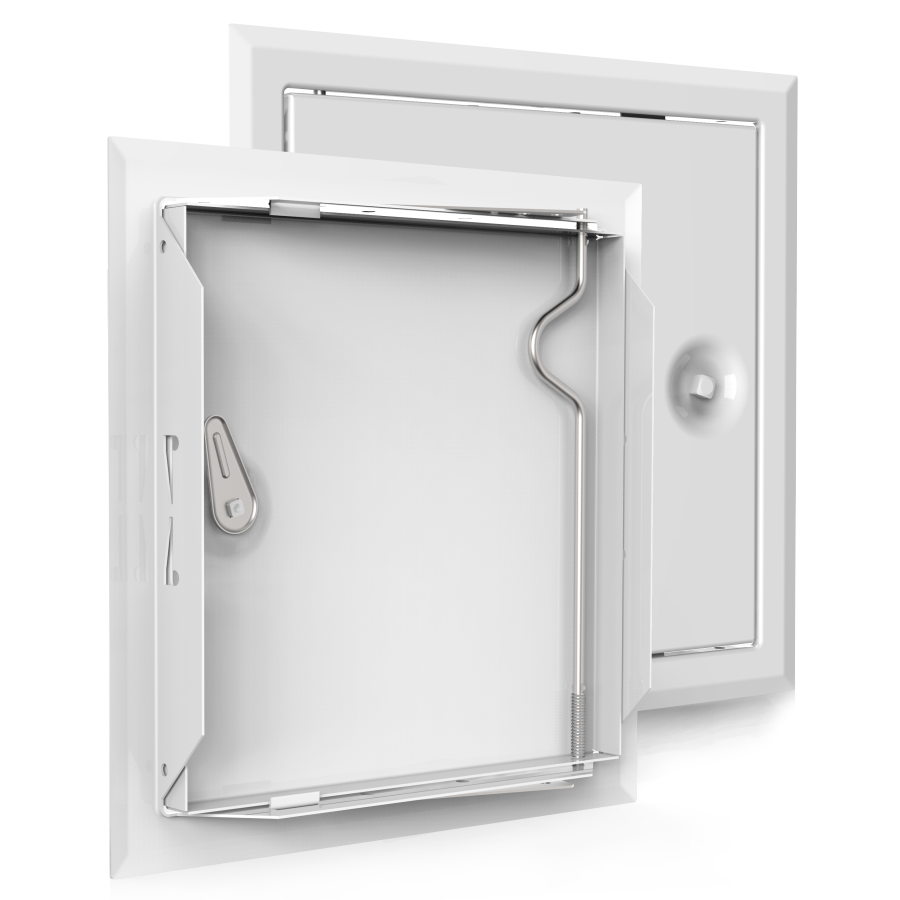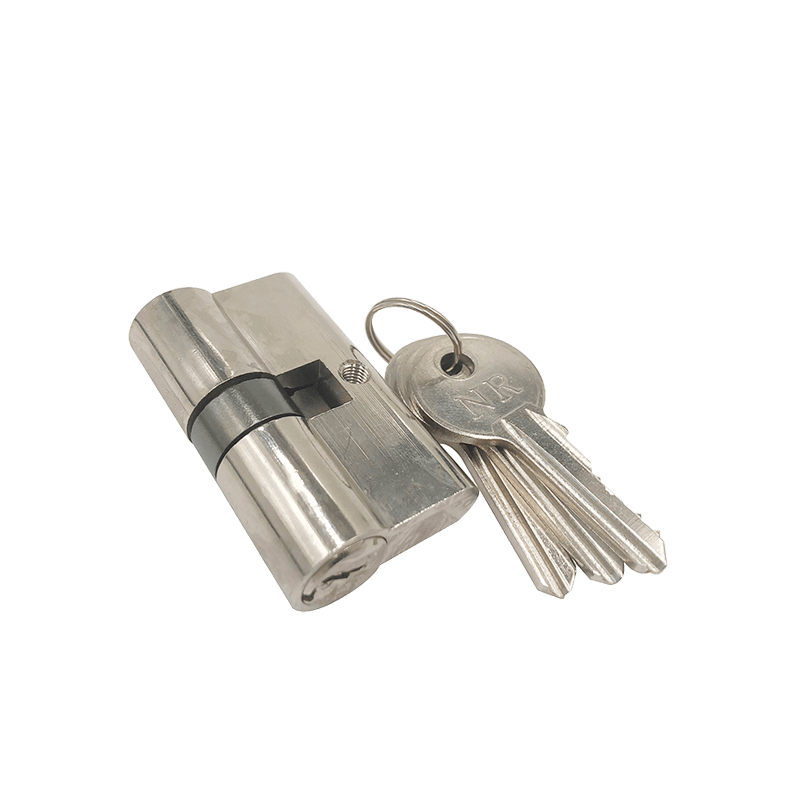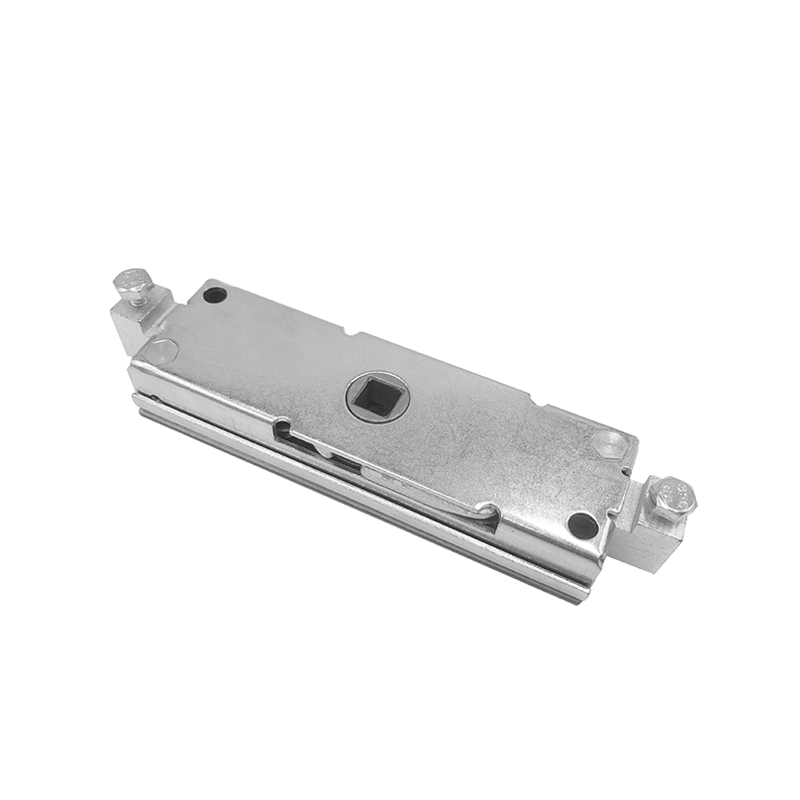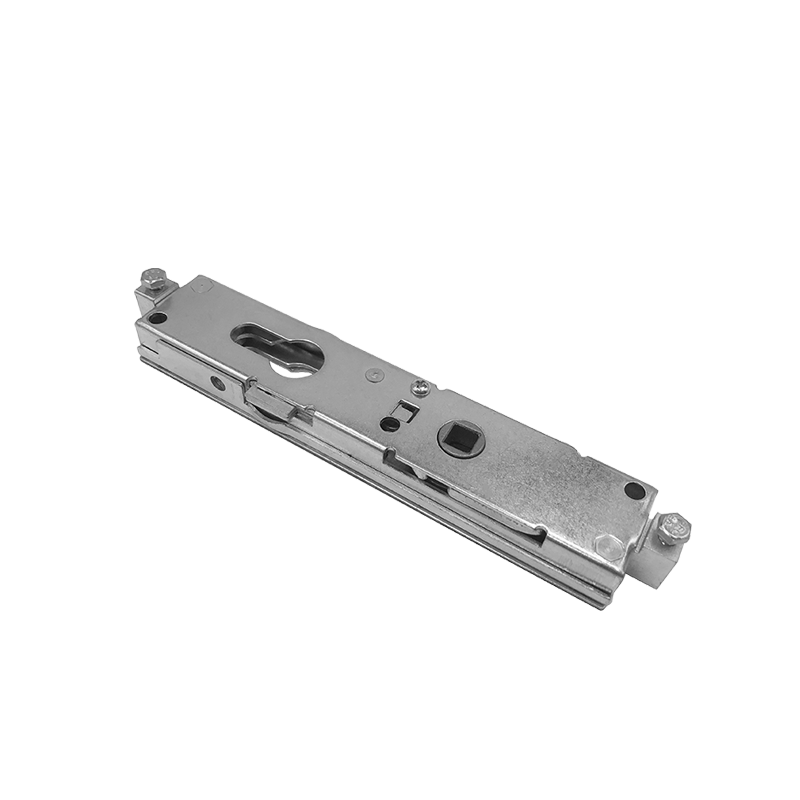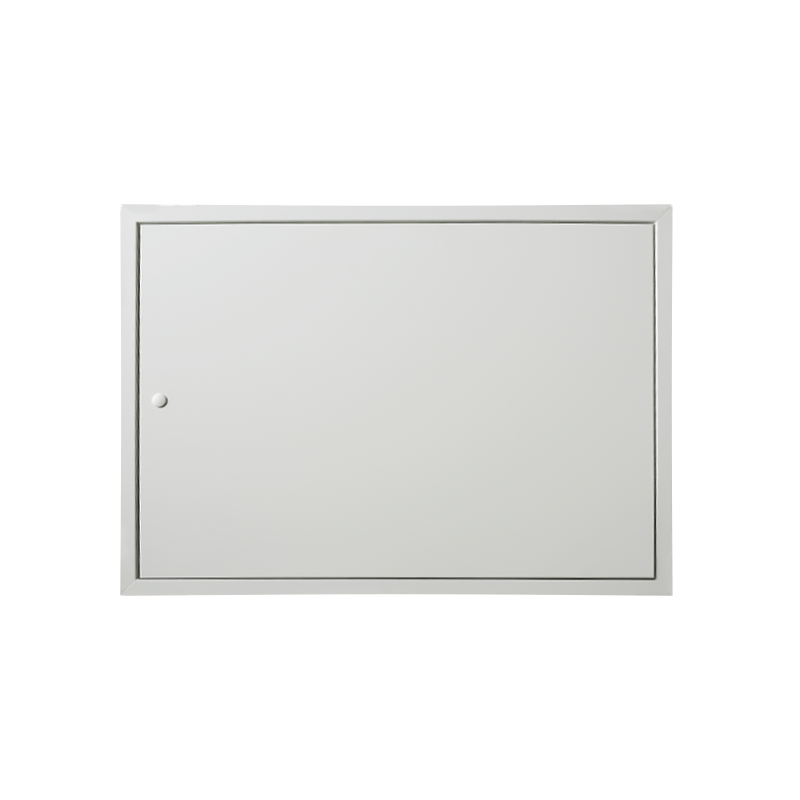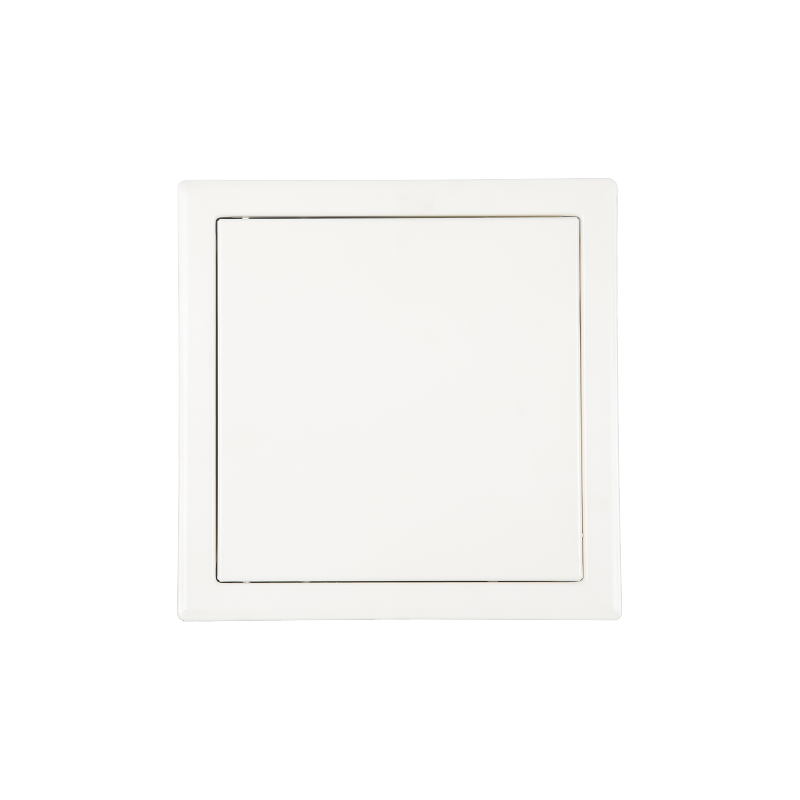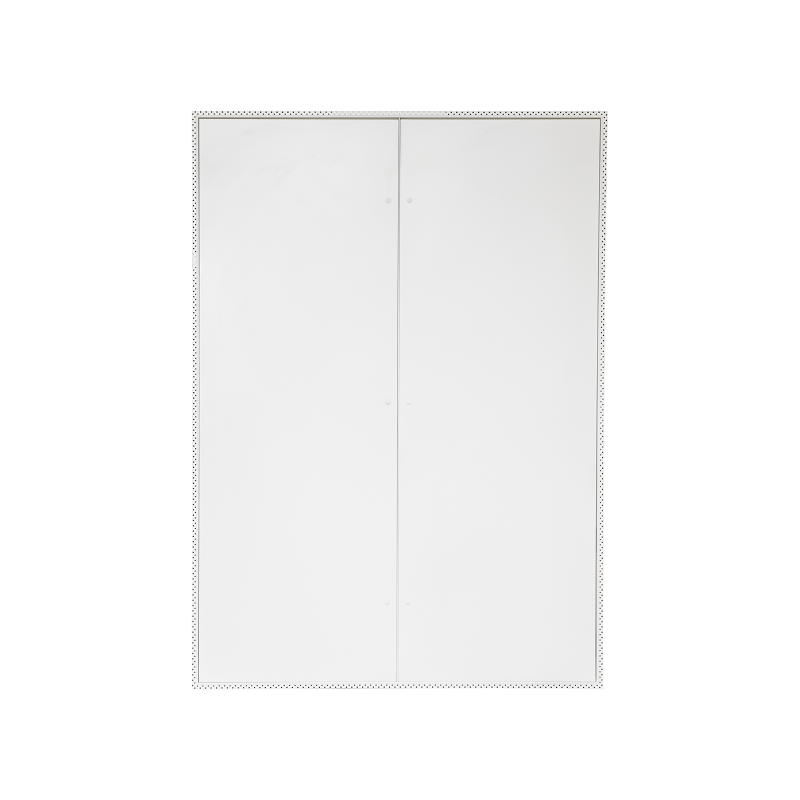Summary:The existence of zinc layer has brought some difficulties to the welding of galvanized steel. The main problems are: the increased sensitivity of weld......
The existence of zinc layer has brought some difficulties to the welding of galvanized steel. The main problems are: the increased sensitivity of welding cracks and pores, the evaporation of zinc and smoke, oxide slag, and the melting and destruction of zinc layer. Welding cracks, pores and slag inclusions are the main problems.
Weldability
(1) Crack
During welding, molten zinc floats on the surface of the molten pool or at the root of the weld. Since the melting point of zinc is much lower than that of iron, iron in the molten pool crystallizes first, and liquid zinc will penetrate into it along the grain boundary of steel, resulting in weak intergranular bonding. Moreover, it is easy to form intermetallic brittle compounds fe3zn10 and fezn10 between zinc and iron, which further reduces the plasticity of weld metal. Therefore, it is easy to crack along the grain boundary under the action of welding residual stress.
Factors affecting crack sensitivity: ① thickness of zinc layer: the zinc layer of galvanized steel is thin, and the crack sensitivity is small, while the zinc layer of hot-dip galvanized steel is thick, and the crack sensitivity is large. ② Workpiece thickness: the greater the thickness, the greater the welding restraint stress and the greater the crack sensitivity. ③ Groove gap: the larger the gap, the greater the crack sensitivity. ④ Welding method: when manual arc welding is used, the crack sensitivity is small, while when CO2 gas shielded welding is used, the crack sensitivity is larger.
Methods to prevent cracks: ① before welding, V-shaped, Y-shaped or X-shaped groove shall be made at the welding position of galvanized steel plate, and the galvanized layer near the groove shall be removed by oxyacetylene or sand blasting. At the same time, the gap shall not be too large, generally about 1.5mm. ② Welding materials with low Si content shall be selected. Welding wire with low Si content shall be used for gas shielded welding, and titanium and titanium calcium electrodes shall be used for manual welding.
(2) Stomata
The zinc layer near the groove will oxidize (form ZnO) and evaporate under the action of arc heat, and volatilize white smoke and steam, so it is very easy to cause pores in the weld. The greater the welding current, the more serious the zinc evaporation and the greater the pore sensitivity. When welding with titanium and titanium calcium electrodes, it is not easy to produce air holes in the range of medium current. When cellulose type and low hydrogen type electrodes are used for welding, pores are easy to occur under low current and high current. In addition, the welding rod angle shall be controlled within 30 ° ~ 70 ° as far as possible.
(3) Zinc evaporation and dust
When the galvanized steel plate is welded by arc welding, the zinc layer near the molten pool is oxidized to ZnO and evaporated under the action of arc heat, forming a large amount of smoke. The main component of this dust is ZnO, which has a great stimulating effect on workers' respiratory organs. Therefore, good ventilation measures must be taken during welding. Under the same welding specification, the amount of smoke and dust produced by welding with titanium oxide electrode is low, while the amount of smoke and dust produced by welding with low hydrogen electrode is large.
(4) Oxide slag inclusion
When the welding current is small, ZnO formed in the heating process is not easy to escape, which is easy to cause ZnO slag inclusion. ZnO is relatively stable and its melting point is 1800 ℃. Large ZnO slag inclusions have a very adverse effect on weld plasticity. When titanium oxide electrode is used, ZnO is fine and evenly distributed, and has little effect on plasticity and tensile strength. However, when cellulose or hydrogen electrodes are used, the ZnO in the weld is larger and more, and the weld performance is poor.


 English
English 简体中文
简体中文

